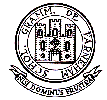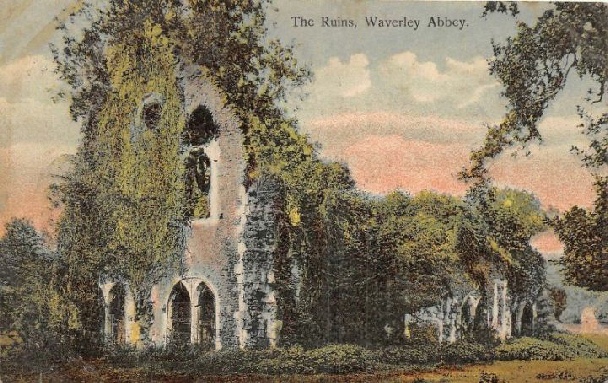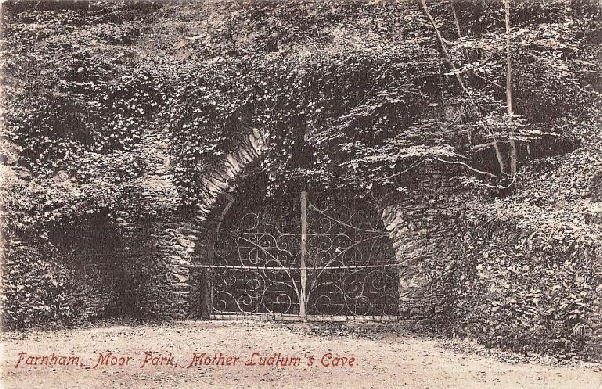

© Blunderbuss 2010-

blunderbuss



Some Objects of Historical Interest Around Farnham
This article is reproduced from the August 1919 issue of the Farnhamian. The piece was written by S.J.T. The original article had no illustrations.
Perhaps the most interesting object in this neighbourhood is Farnham Castle, the residence of the Bishop of Winchester. It was first built as a protection against robbers on the “Tin Track”, the old British Road running from Cornwall to London. A pleasant hour can be spent in going over the Castle with some well-
The present gateway is comparatively modern, but just inside can be seen the grooves in which the old portcullis used to run. The grounds are large and well-
Along West Street is Vernon House, where King Charles slept on his last journey to London, The owner, Mr. Bethune, has in his possession a cap worn by the unfortunate King the night he was there.
In Farnham Church one of the pillars dates back to the reign of Stephen.
Another interesting object is the “Spinning Wheel” Antique Shop, at one time the “Goat’s Head Tavern”. When this place was altered, an old shoe, belonging to some lady of quality, and a bottle containing an old manuscript, were found. Close at hand is the Bush Hotel. Here the London coaches used to start on a stage of their journey.

About two miles from Farnham, amid rich water meadows, lie the ruins of Waverley Abbey, the once famous Monastery of the Cistercian Monks. The property of the Monks extended many miles; almost the whole of the village of Tilford was theirs. King John once paid a visit to the Abbey, and having drunk deep of the Abbot’s wine, began to give the Monks extension to their property. This the Monks duly noted and kept.
For a good description of Waverley at the height of its prosperity, “Sir Nigel,” by Sir Arthur Conan Doyle, should be read.
Farther on still, at Hindhead, are the Devil’s Punch Bowl, Devil’s jumps, and the Gibbet Cross. Many a time must the coach passengers have shivered, on passing the Gibbet, to hear the chains creaking as the corpses swung to and fro. At one time a vile murder was committed near here. Three men murdered a sailor on his way to Portsmouth, and hurled the body down the Punch Bowl. They were hanged on the Gibbet, and a stone marks the spot where the deed was done. On the base of the stone is written, “Cursed be he who marketh this stone.” Many must be cursed, for the stone has names carved all over it.
Returning from Hindhead through Elstead one ascends Churls or Charles Hill. This was the scene of a fierce fight between Alfred the Great and the Danes. Near Elstead is a house called the Barrows, in the grounds of which, according to tradition, the bodies of those killed in the battle, were buried.
Near the base of Crooksbury Hill, near Waverley, is an old cottage, named Stella’s Cottage, where once lived Stella Johnson, beloved of Dean Swift. Swift was secretary to Sir William Temple at Moor Park House, and it was probably here that two of his most famous works, “The Tale of a Tub” and “The Battle of the Books,” were written.

There is an interesting passage -
channel, now making a dirty gutter; and the ground opposite, which was a grove, chiefly of laurels, now become a poor ragged-
S. J. T.